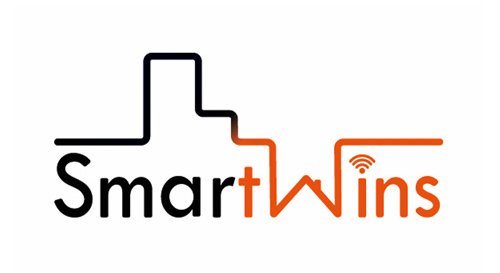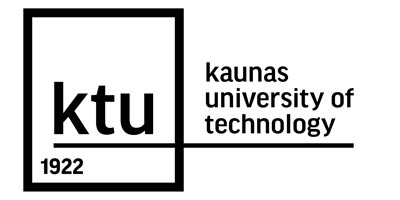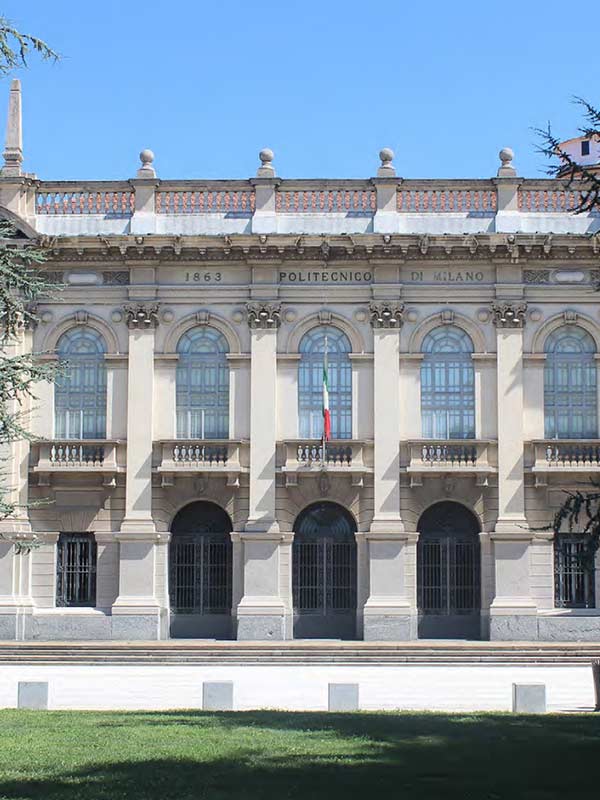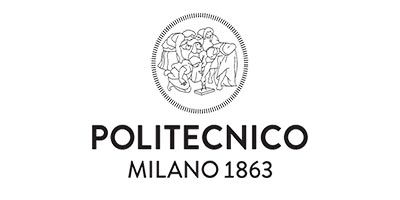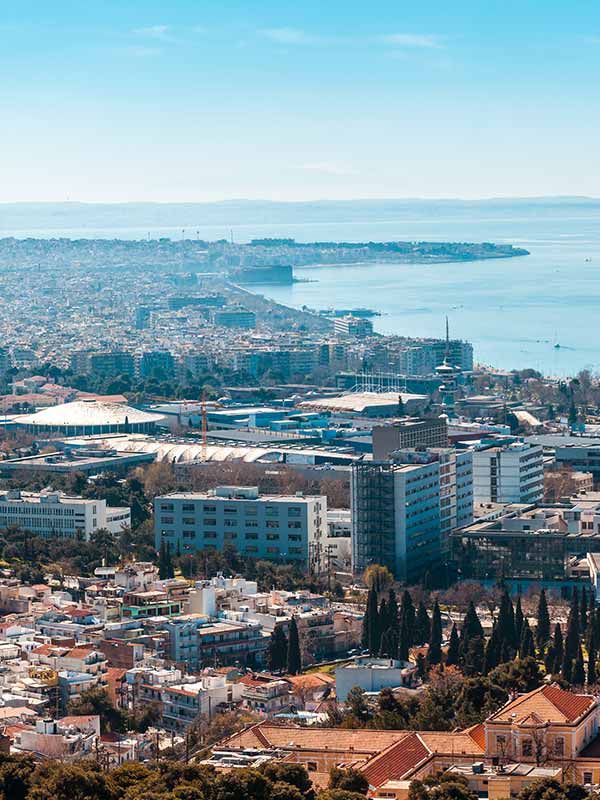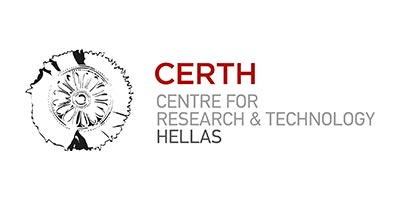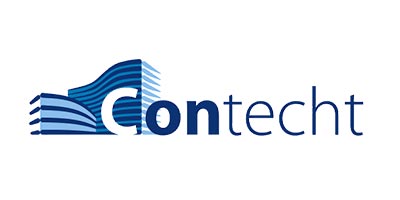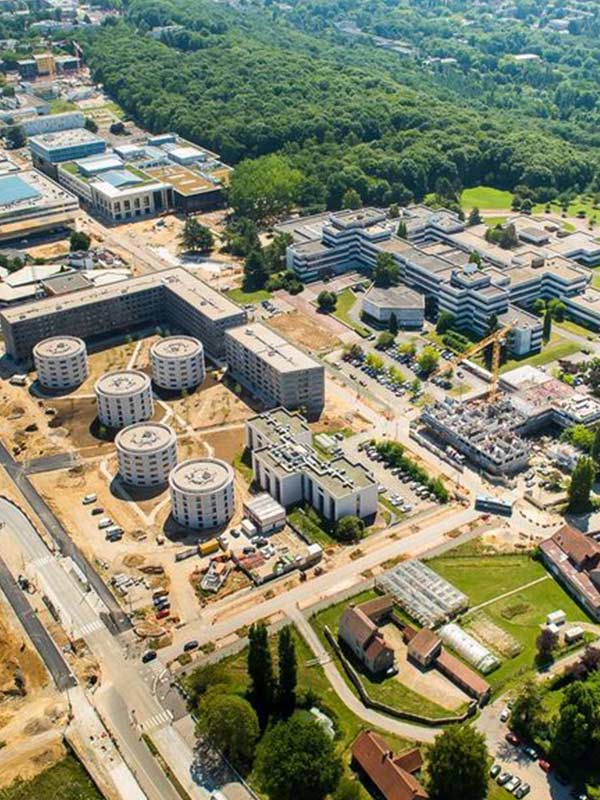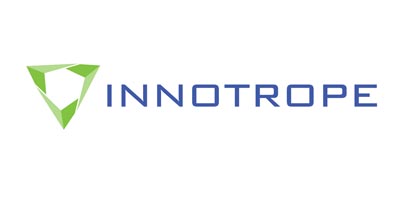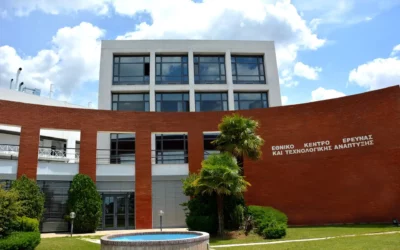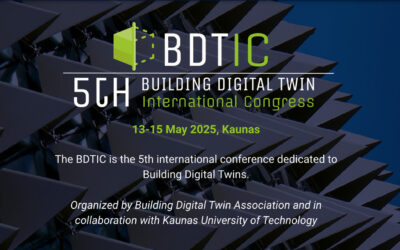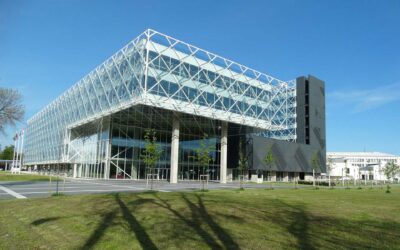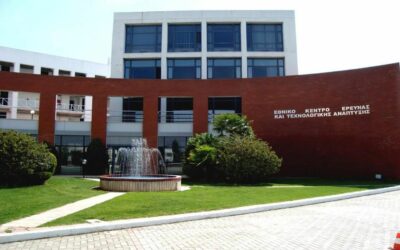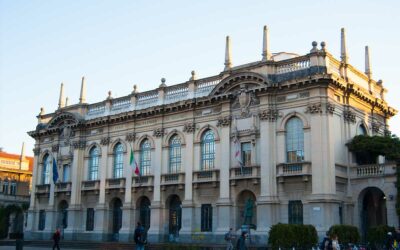Collaboration at the core of Smartwins
Strengthening KTU’s capacity to conduct research on the next generation of digital twins to ensure the transition to a smart, sustainable, resilient and carbon neutral built environment.
The SmartWins project aims to create a network between the Sustainable Energy in the Built Environment Research Group (SEBERG) of Kaunas University of Technology (KTU) in Lithuania and leading institutions in the field of energy assessment and sustainability of buildings. The partners will share with KTU their knowledge in the use of Industry 4.0 practices, support KTU to strengthen its research capacities and develop a long-term research collaboration.
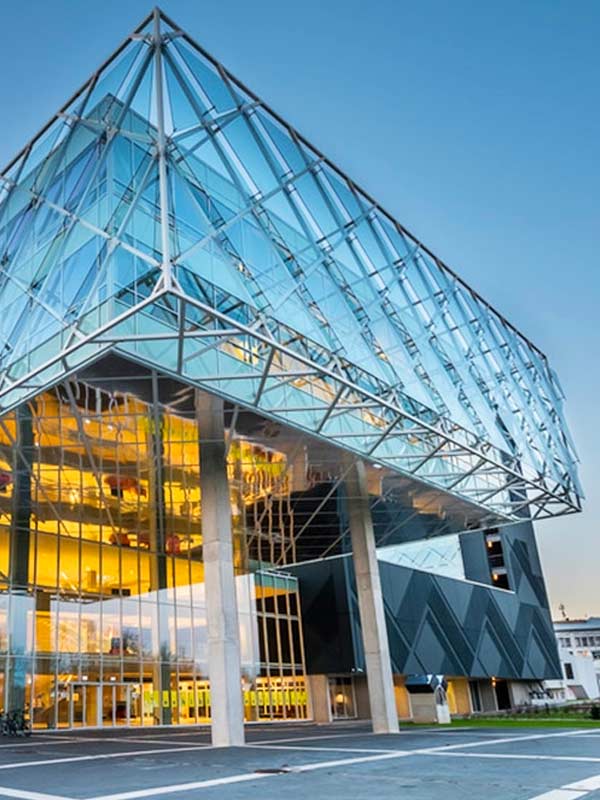
The network
The SmartWins consortium is a network of five European partners from different European Union Member States.
The consortium brings together partners from complementary sectors: academia, R&D, innovation and entrepreneurship, and research management and dissemination.
SmartWins includes a leading European university in Italy, PoliMI, one of Europe’s largest research centres based in Greece, the Centre for Research and Technology Hellas (CERTH), a spin-off from the Technical University of Berlin, Contecht, and Innotrope, a french research project management and dissemination consultant.
News & events
SmartWins Summer School 2025
Building the Digital Twin and the EPBD📍 Politecnico di Milano, Bovisa Campus – July 14–18, 2025 In a time of growing urbanization, climate pressure, and rapid technological transformation, the way we design, manage, and renovate buildings is undergoing a fundamental...
Data science training in Thessaloniki
Data science training in ThessalonikiDay 1: Big data case studiesPDF:Day 2: Data storage, security and visualizationPDF:Day 3: Machine learningPDF:Day 4: Research management and research dataPDF:PDF:Do you want to know more?
Business training session in Berlin
Business training session in BerlinDay 1: Entrepreneurial management, business planning and MVPPDF:Day 2: Digital translationPDF:Day 3: Making and breaking IFC modelsPart 1Part 2PDF:PDF:Do you want to know more?
Building Digital Twin International Congress (BDTIC) 2025: Advancing Digital Twin Technologies
Building Digital Twin International Congress (BDTIC) 2025: Advancing Digital Twin TechnologiesIntroduction The Building Digital Twin International Congress (BDTIC) 2025 is excited to announce its fifth edition, scheduled for May 14-15, 2025, in Kaunas, Lithuania. This...
Building Digital Twin Scientific Conference (BDTSC) 2025: Defining the Future of Sustainable Infrastructure
Building Digital Twin Scientific Conference (BDTSC) 2025: Defining the Future of Sustainable InfrastructureEvent Overview The Building Digital Twin Scientific Conference (BDTSC) 2025 proudly presents a pivotal platform for professionals, researchers, and industry...
Summer School Announcement
Join us to our summer school on Enhancing Sustainability and IAQ in Building Assessment through Digital InnovationsIn the frame of the SmartWins Horizon Europe project, the Faculty of Civil Engineering and Architecture at KTU, Lithuania, organizes a summer school in...
CERTH Organized Summer School on Smart Cities
CERTH organized a summer school in Thessaloniki, GreeceCERTH Summer School Participants Learn About the Latest Smart City Technologies The Centre for Research and Technology Hellas (CERTH) recently organized a summer school on digital twin and smart technologies at...
Innovating sustainability in construction: an interview with Egle Klumbyte
Interview with Egle KlumbyteIn a world increasingly conscious of its environmental footprint, the construction industry has been under a microscope for its significant impact on our planet. Egle Klumbyte, Senior Researcher and Associate Professor at Kaunas University...
Benefit from free online courses organised at Polimi
Benefit from free online training organised by SmartWins at Polimi on digital twin for the assessment of building energy performanceTraining coursesIntroduction to Indoor Environment Quality with Prof. Livio Mazzarella Indoor environment quality (IEQ) is one of the...
Reducing the carbon footprint of the building sector
The building and construction sector accounted around 37% of global energy and process-related CO2 emissions in 2021.
The sector accounted for more than 34% of energy demand and about 37% of energy and process-related CO2 emissions in 2021, according to the 2022 Global Status Report for Buildings and Construction report released at the latest round of climate talks in Egypt, COP27.
The energy demand for buildings and building construction continues to rise, driven by increased access to energy, growing demand for air conditioning and rapid growth in global building space.
Embracing smart technology provides access to instantaneous data on how assets, such as heating or lighting, are performing. This data can be used to better understand how different building systems interact, leading to improved efficiency.
What is a digital twin?
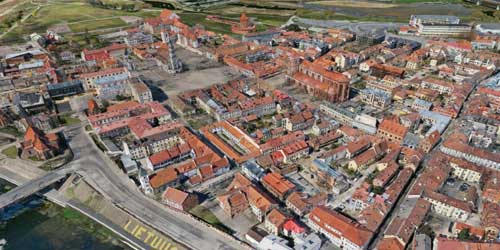
A digital twin is a virtual representation of an infrastructure asset.
A digital twin combines engineering data, information from inspection histories and operational data from the IoT. The digital twin brings all this information together in an up-to-date representation of the physical world. It is a tool for easy navigation and visual understanding of all this data.
Digital twin is the key to make better informed decisions leading to smarter outcomes improving efficiency, reducing risk and accelerating decarbonisation.
